Sason seasoning is a versatile spice blend typically made from garlic powder, onion powder, paprika, and herbs like oregano and thyme. It enhances the flavor of various dishes with a savory, smoky aroma, making it a staple in many kitchens.
Understanding the Flavor Profile
Sason seasoning offers a complex taste profile with notes of garlic, onion, smokiness from paprika, and herbal undertones. This combination works well for both meat and vegetable dishes.
| Seasoning | Flavor Notes | Best For |
|---|---|---|
| Sason Seasoning | Garlic, Onion, Smoky, Herbs | Grilled Meats, Soups, Stews |
| Paprika | Smoky, Sweet | Roasted Vegetables, Chicken |
| Cumin | Earthiness, Warmth | Mexican Dishes, Beans |
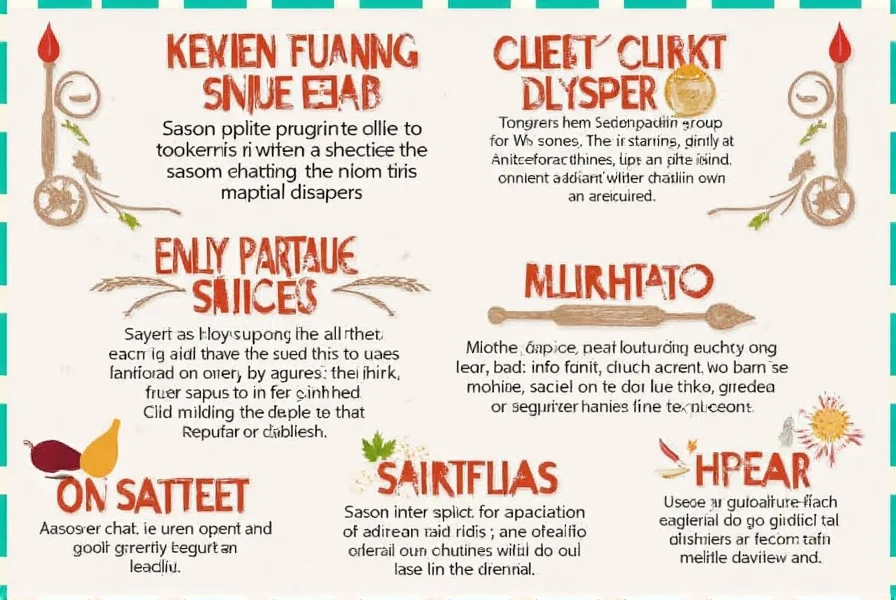
Versatile Uses of Sason Seasoning
Sason seasoning is incredibly versatile. Here are common ways to use it:
- Marinating meats: Mix with olive oil and let sit overnight for tender, flavorful results.
- Enhancing soups and stews: Sprinkle into soups for extra depth.
- Seasoning vegetables: Toss roasted veggies for a savory twist.
- Adding to sauces: Boost BBQ or marinara sauce flavors.
- Seasoning popcorn: Mix with butter for a spicy snack.
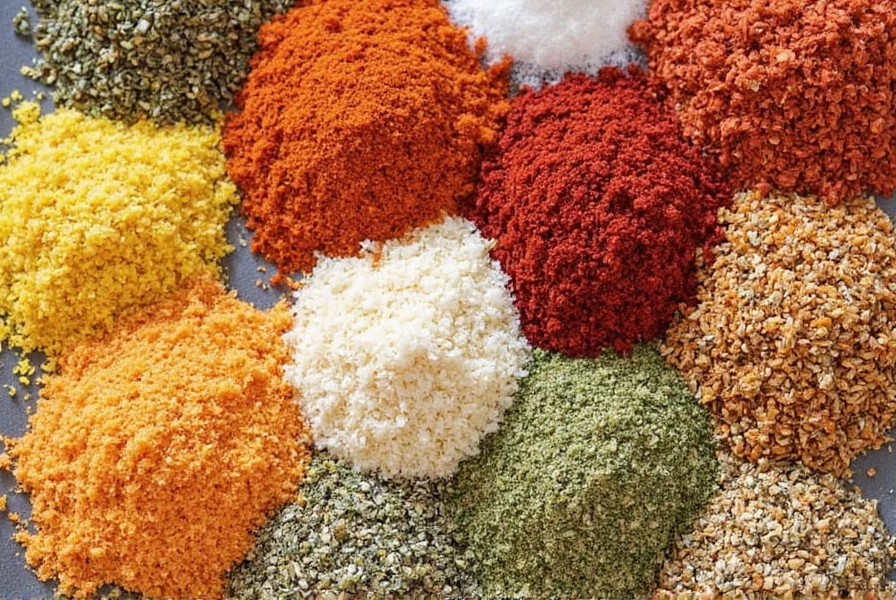
Top 5 Cooking Tips with Sason Seasoning
- Start small: Begin with a small amount and adjust to taste due to its potency.
- Use in dry rubs: Combine with other spices for grilled dishes.
- Pair with acidic ingredients: Works well with lemon or vinegar-based dishes.
- Experiment with heat: Add cayenne pepper for spicier versions.
- Store properly: Keep in an airtight container away from sunlight to preserve flavor.
The Ultimate Buying Guide for Sason Seasoning
Product Features
- Ingredients: Choose natural ingredients with no artificial additives.
- Quality: Opt for brands emphasizing freshness.
- Usage: Consider your cooking needs—grilling, baking, or general use.
Advantages and Use Cases
- For home cooks: Easy to enhance everyday meals.
- For professional chefs: Create signature dishes with unique flair.
- For special occasions: Perfect for holiday meals or gatherings.
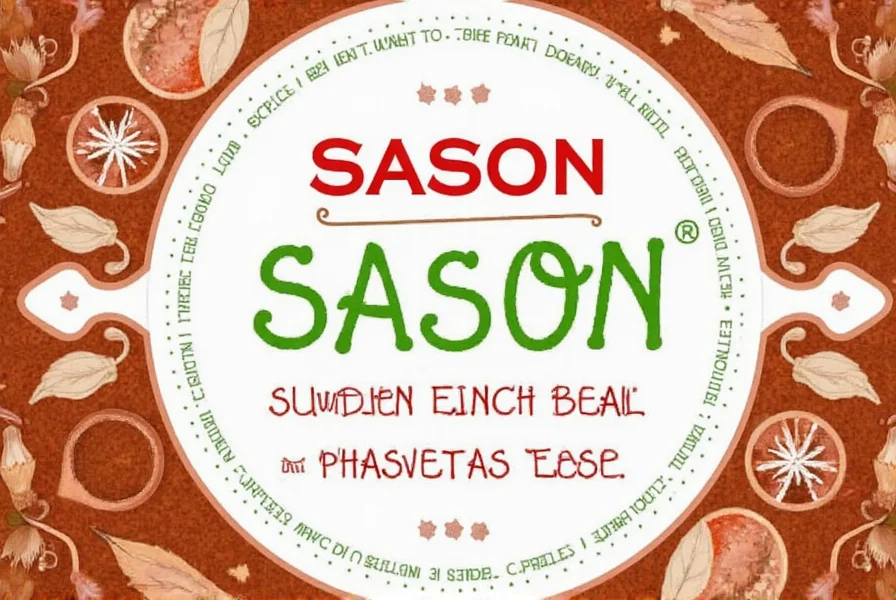
Target Audience
- Home cooks: Those experimenting in the kitchen.
- Food enthusiasts: Passionate about spices and flavors.
- Chefs: Professionals seeking reliable seasoning.
Suitable Occasions
- Dinner parties: Add sophistication to meals.
- Weekend cooking: Ideal for flavorful, easy meals.
- Meal prep: Great for prepped meals with added flavor.
Frequently Asked Questions (FAQ)
- What exactly is Sason Seasoning made of?
- Sason seasoning typically contains garlic powder, onion powder, paprika, black pepper, and dried herbs like oregano and thyme. High-quality versions use only natural ingredients without artificial preservatives.
- How does Sason Seasoning differ from regular garlic salt?
- Unlike simple garlic salt, Sason seasoning offers a complex flavor profile with smoky notes from paprika and herbal undertones, containing multiple spices for deeper complexity.
- Can I use Sason Seasoning in vegetarian dishes?
- Absolutely! It works well with roasted vegetables, bean soups, grain bowls, and vegetarian stews, complementing plant-based ingredients.
- How long does Sason Seasoning stay fresh?
- Stored in an airtight container away from light and heat, it maintains peak flavor for 6-12 months. Check aroma intensity before use.
- Is Sason Seasoning gluten-free?
- Most commercial blends are naturally gluten-free, but always check labels for cross-contamination warnings if you have severe sensitivities.
- Can I make my own Sason Seasoning at home?
- Yes! Combine 2 tbsp paprika, 1 tbsp garlic powder, 1 tbsp onion powder, 1 tsp dried thyme, 1 tsp black pepper, and 1 tsp dried oregano. Store in a glass jar and shake before use.
Conclusion
Sason seasoning is a must-have for any kitchen. Its unique flavor profile and versatility transform cooking experiences, offering endless creativity and flavor for all skill levels.
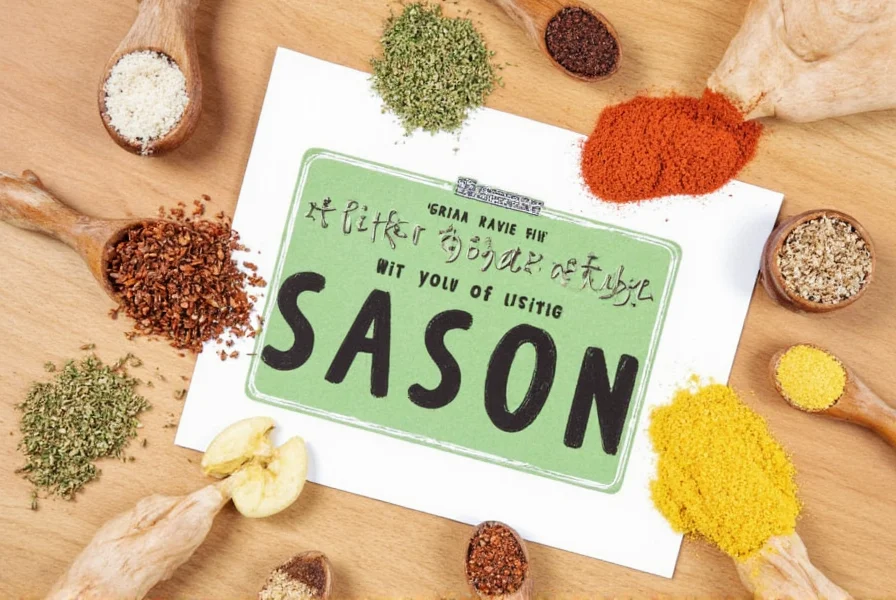
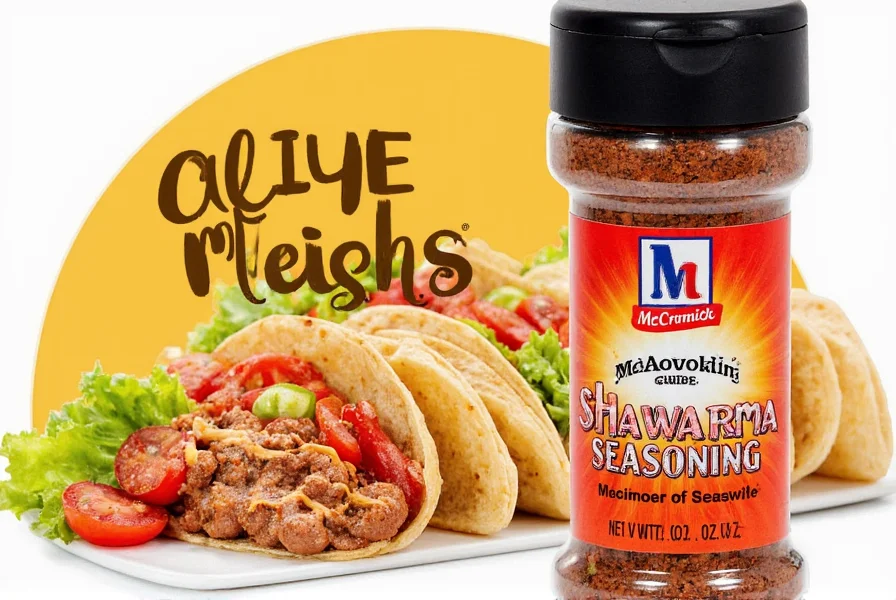










 浙公网安备
33010002000092号
浙公网安备
33010002000092号 浙B2-20120091-4
浙B2-20120091-4